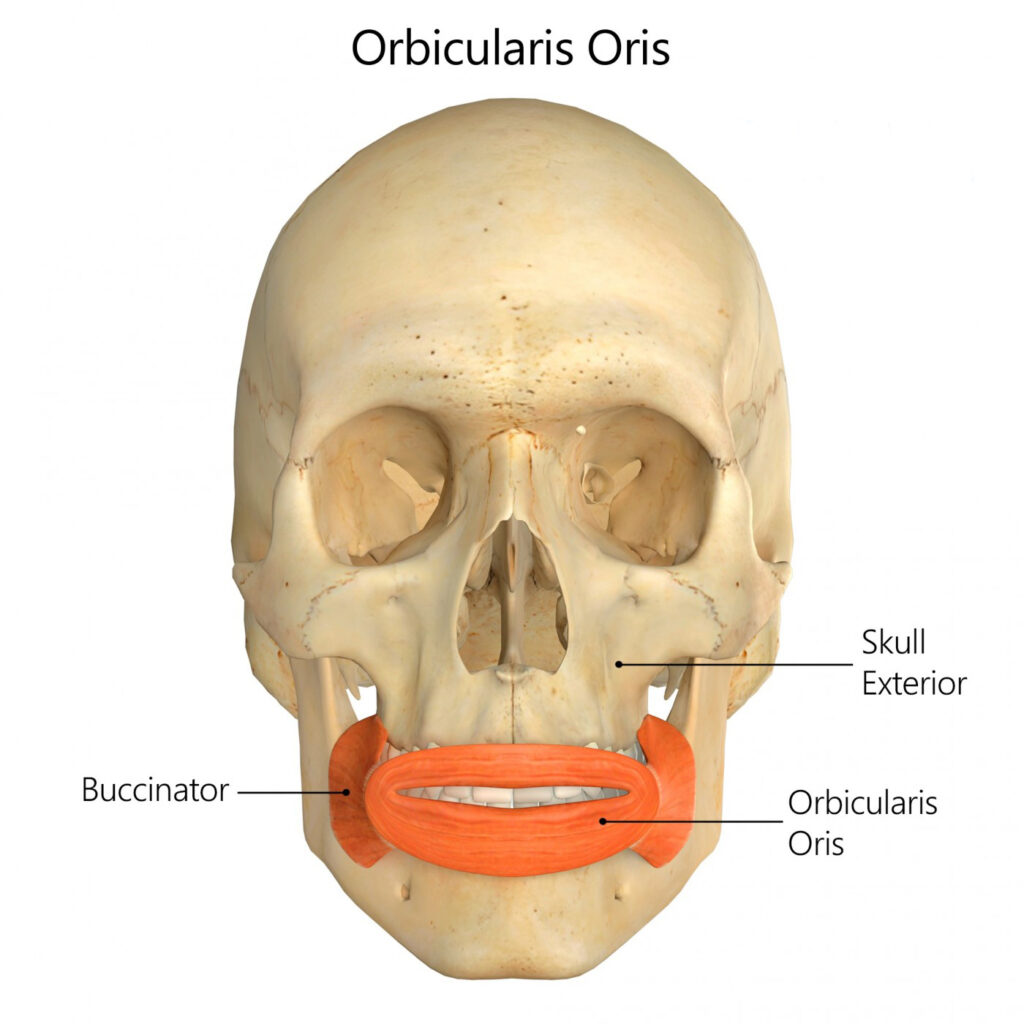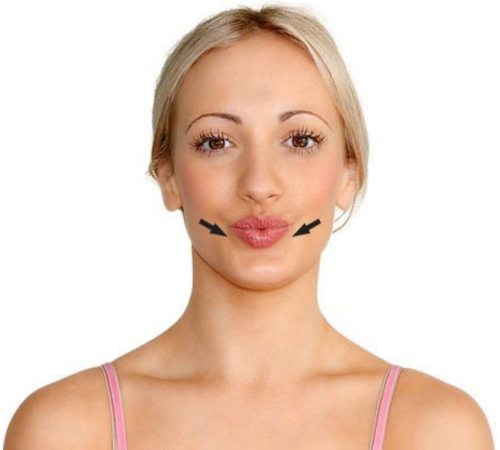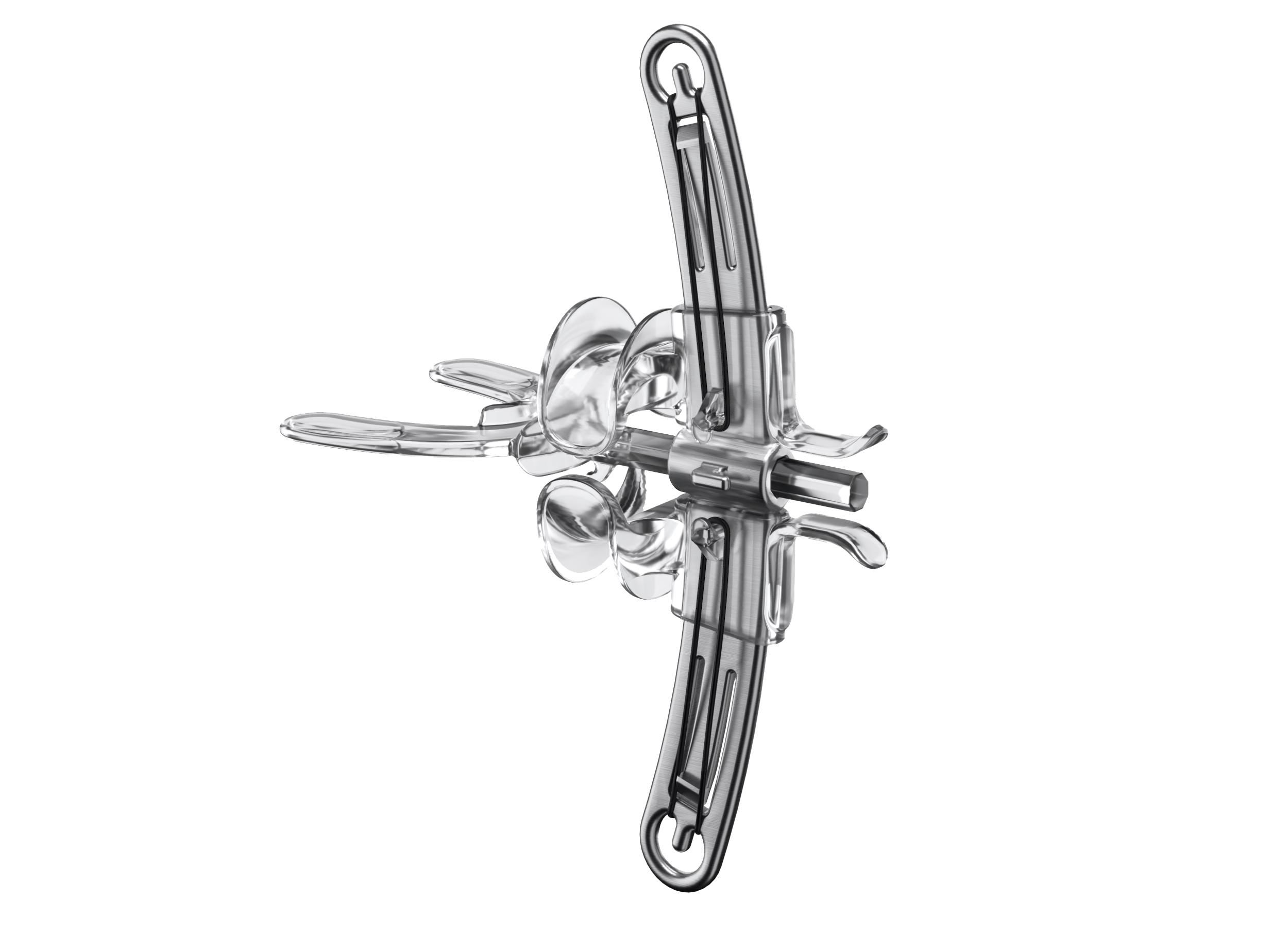ISO Metrik Face Education
Contact Us
Call Us
+1 (678) 632-3745
TESTMONIALS
ISO Metrik offers a game-changing, non-invasive solution to facial sagging — a safer, easier, and more affordable alternative to Botox and surgery. Its potential to support stroke patients with facial weakness makes it an exciting potential addition to modern stroke. rehabilitation.
Dr. Will Humphries
MAKE AN APPOINTMENT
Orbicularis Oris
Posted on 30th Jul 2020 / Published in: Face
General information
Orbicularis oris are the muscles located above the upper lip and below the bottom lip.
Literal meaning
The little circle muscle of the mouth.
Interesting information
Orbicularis oris are the skeletal muscles that form around the mouth called the kissing muscles because they pucker the lips.
Satchmo’s syndrome is a condition in which the orbicularis oris which ruptures due to overuse and high pressures. This occurs in brass instrument players, but mainly trumpet players. Satchmo’s syndrome includes symptoms of lower lip pain, inability to play in the upper registers, trembling of the lips, or bleeding fissures and crevices of the lips. The main treatment for the syndrome is rest of the muscle. Louis Armstrong (Satchmo) developed the syndrome in 1935 and refrained from playing his trumpet for a year to recover. NSAIDs, like ibuprofen, will help with pain and inflammation. In some cases, surgery may help with the condition to remove the ruptured fibres of the muscle, but many months of rest are still necessary.
Origin
Maxilla
Mandible
Insertion
Skin around the lips
Function
Puckers the lips.
Nerve supply
Cranial nerve VII.
Buccal branch of the facial nerve.
Blood supply
Inferior labial artery.
Superior labial artery.

Relevant research
In this study, eight patients had deformities of the nasal lining upon the removal of tumours or from other traumas. The new technique of constructing an orbicularis oris myomucosal island flap (OOMMIF) would serve to reconstruct the nasal lining. Traditional methods of correction involved oral mucosal flaps, buccinator musculomucosal flaps, or the facial artery musculomucosal flaps. Disadvantages to these procedures included necrosis or shrinkage of the flap post-surgery, meticulous dissection of facial vessels, and the obstruction of venous drainage. OOMMIF eliminates the disadvantages because there is no need to dissect the facial artery, which means there will be no damage to the facial nerve. There is less risk of necrosis due to the stable blood supply to the island flap. One downside is that a small section of the orbicularis oris needs harvesting. Results for the surgeries showed great results with minor issues. Observations show an asymmetry of the upper lip in one patient, another patient with hypoaesthesia, and another with redness of the flap that went away with time. There was no functional loss of the orbicularis oris in any of the patients. This treatment could not only help with minor nasal lining defects, but may help to correct side wall defects of the nose or conjunctival defects of the lower eyelid.
Kashiwa, K, Kobayashi, S, Honda, T, Kudo, S, Kashiwaya, G, Nasu, W, Yasuoka, T, Fujiwara, H. (2009). “Orbicularis oris myomucosal island flap transfer to the nose”. Journal of Plastic, Reconstructive & Aesthetic Surgery. 62:10, e341-e344.
Orbicularis oris exercises
The pucker
Begin the exercise by standing or sitting with good posture. Pucker the lips with force and hold for ten seconds. Repeat the exercise ten times.
The smile
Begin by standing or sitting with good posture. Press the lips together tightly, place the middle fingers and the corners of the mouth, and pull slightly. Hold the position for ten seconds then repeat ten more times.


Rebuilding the Orbicularis Oris: The Gateway to Youthful Lips and Expression
The orbicularis oris is the circular muscle that surrounds the mouth—responsible for lip closure, articulation, puckering, and expression. Often referred to as the “kissing muscle,” it plays a starring role in your smile, speech, and the fullness and contour of your lips.
But this muscle doesn’t operate in isolation. It relies heavily on the structural support of four critical anchors: the zygomatic bone, maxilla, mandible, and teeth.

The Structure Behind the Muscle
🔹 Zygomatic Bone
The zygomatic bone (cheekbone) connects with the muscles that blend into the orbicularis oris—especially the zygomaticus major and minor, which pull the corners of the mouth upward and outward. Without strong zygomatic support, the orbicularis oris loses lateral tension, resulting in drooping mouth corners and a flatter smile.
🔹 Maxilla
The maxilla (upper jaw) forms the base of the upper lip. It provides the bony structure for the upper teeth and the upper insertion points for the orbicularis oris and lip elevators. Maxillary resorption can lead to lip thinning, wrinkling, and a retracted or sunken appearance of the upper mouth.
🔹 Mandible
The mandible (lower jaw) supports the lower lip and chin area. As the mandible loses density with age or disuse, the lower lip begins to collapse inward. This creates marionette lines, weakened mouth posture, and reduced lower face volume.
🔹 Teeth
Your teeth are vertical pillars that maintain facial height and proper lip projection. They serve as resistance points for the orbicularis oris to press against. When teeth are lost or worn down, the lips lose support, leading to perioral wrinkles, a shortened lower face, and collapsed lip contour.
The ISO Metrik Device: The First Intraoral Solution to Restore the Orbicularis Oris
The ISO Metrik Device is uniquely designed to target, train, and strengthen the orbicularis oris from within the mouth—where traditional treatments can’t reach. By using internal resistance against the lips and bite, it reactivates this vital muscle and its surrounding network.
How it Works:
- The lip holders provide resistance against the lips, forcing the orbicularis oris to contract and rebuild.
- The bite plate stabilizes on the teeth, stimulating the maxilla and mandible and activating supportive muscles like the buccinator and zygomaticus.
- Repeated use enhances lip fullness, restores mouth control, and reduces vertical lip lines.
Results That Speak for Themselves:
- Increased lip volume and symmetry
- Softer, smoother perioral skin
- Firmer mouth posture and seal
- Natural lift of the mouth corners
- Rejuvenated lower face and smile dynamics
Why the Orbicularis Oris Matters
The orbicularis oris is central to how we speak, eat, kiss, and express emotion. It’s one of the first areas to show signs of aging—but also one of the most responsive when properly trained.
The ISO Metrik Device is the only non-surgical system that activates the orbicularis oris in alignment with its structural supports—the zygomatic bone, maxilla, mandible, and teeth—restoring the lips and lower face from the inside out.
Want to revive your lips, restore your smile, and reduce perioral aging—naturally?
Start where beauty begins: with the orbicularis oris, reactivated by the ISO Metrik Device.
TESTMONIALS
Dimply dummy text of the deaprinting and typesetting industryorem Ipsum has been the industry’s standard dummy dearty.
DAVID SMITH
CEO,Radiustheme
Contact Us
Call Us
+1 (678) 632-3745
MAKE AN APPOINTMENT
Your journey to facial rejuvenation begins here. Join the ISO Metrik Device Community today.

